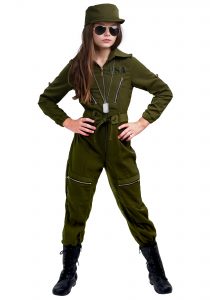What does dress code say about our values? Elena Paraskevas-Thadani (She/Her) provides some insight
I recall when I boarded a flight back in February, my teenage daughter and I admired a female flight attendant’s outfit. We liked the colors and the professionalism of it, and the sleek look of her heels. Soon thereafter the captain made the usual announcements which introduced us to the flight attendant team, along with a reminder that “a flight attendant’s main job is your safety.” I looked at the flight attendant’s uniform again in a different light. Heels, tights, a dress and a pristine hairstyle did not scream “safety.” It looked quite uncomfortable, actually, and the uniform did not align with the main purpose of the role. “If I had an airline,” I told my daughter, “the uniform for flight attendants would be flight suits and combat boots.”
In a post-COVID world, people working from home have “loosened” dress code requirements, focusing instead on “getting the job done.” Perhaps the new in-person workplace can learn from the virtual one and require attire that aligns with primary duties, getting the job done, and safety.
As a customer, I for one would be fine with flight suits and combat boots for all flight attendants. Would you?

